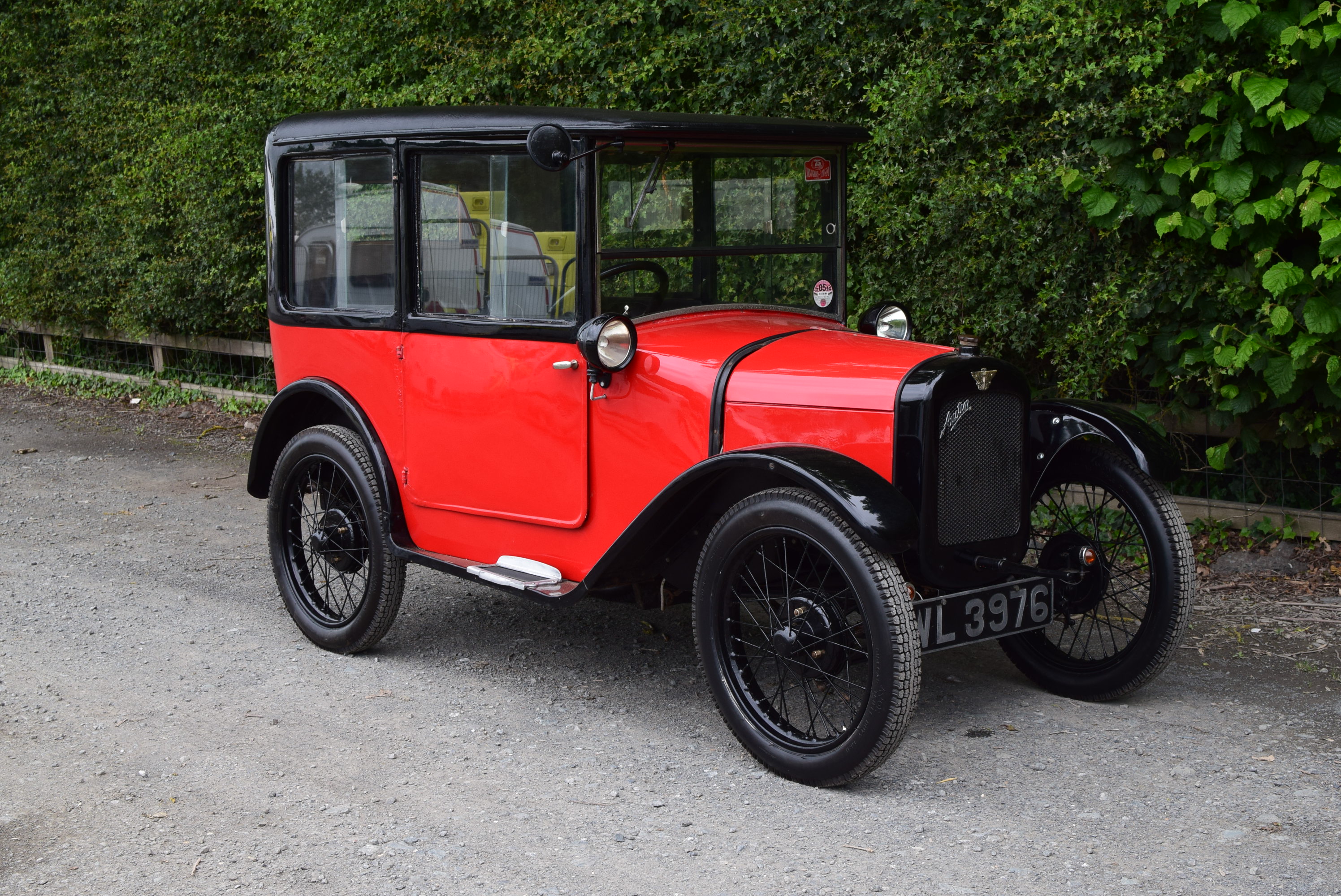
Click Here for Full Screen Image - Click Here to Download Image
 | 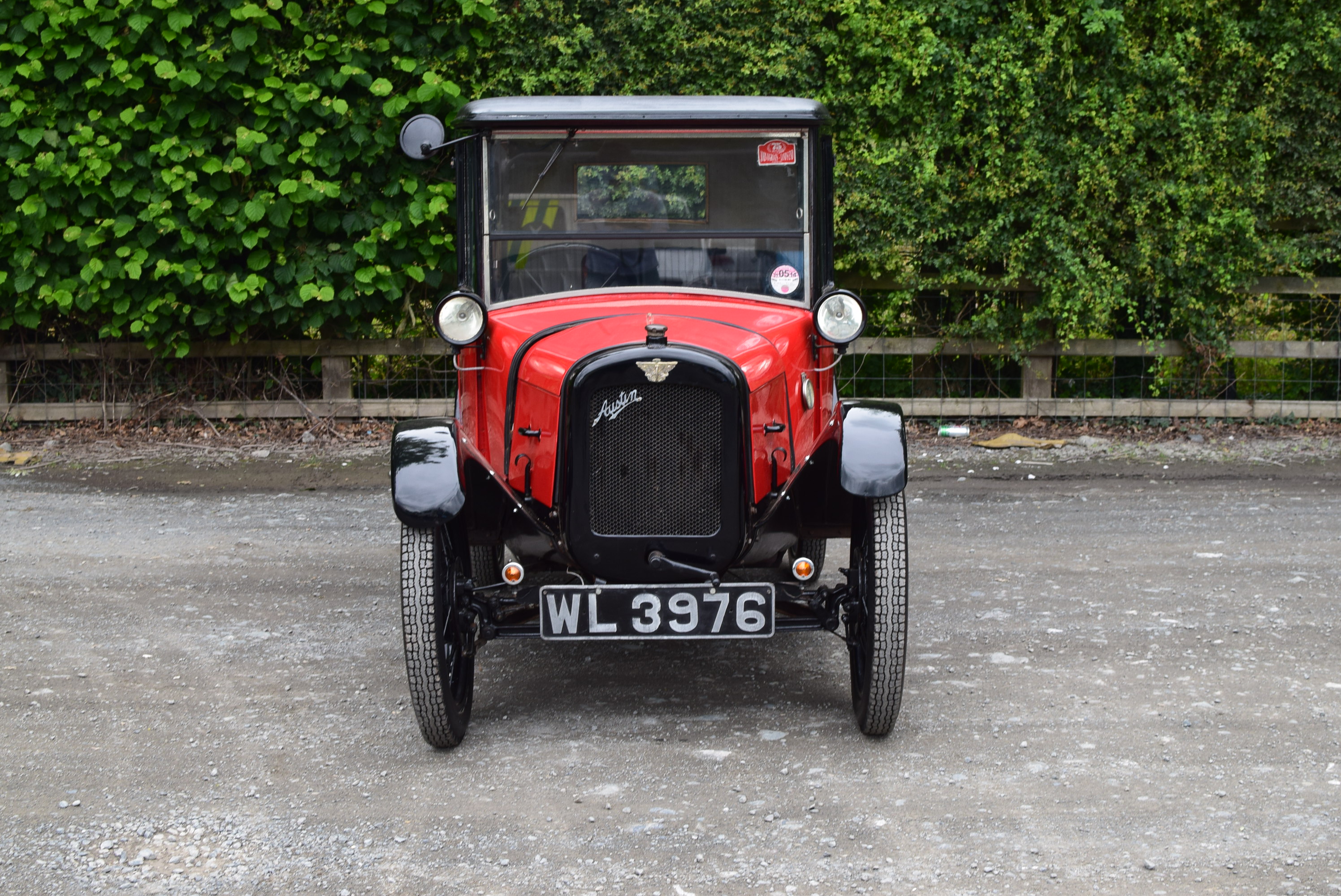 | 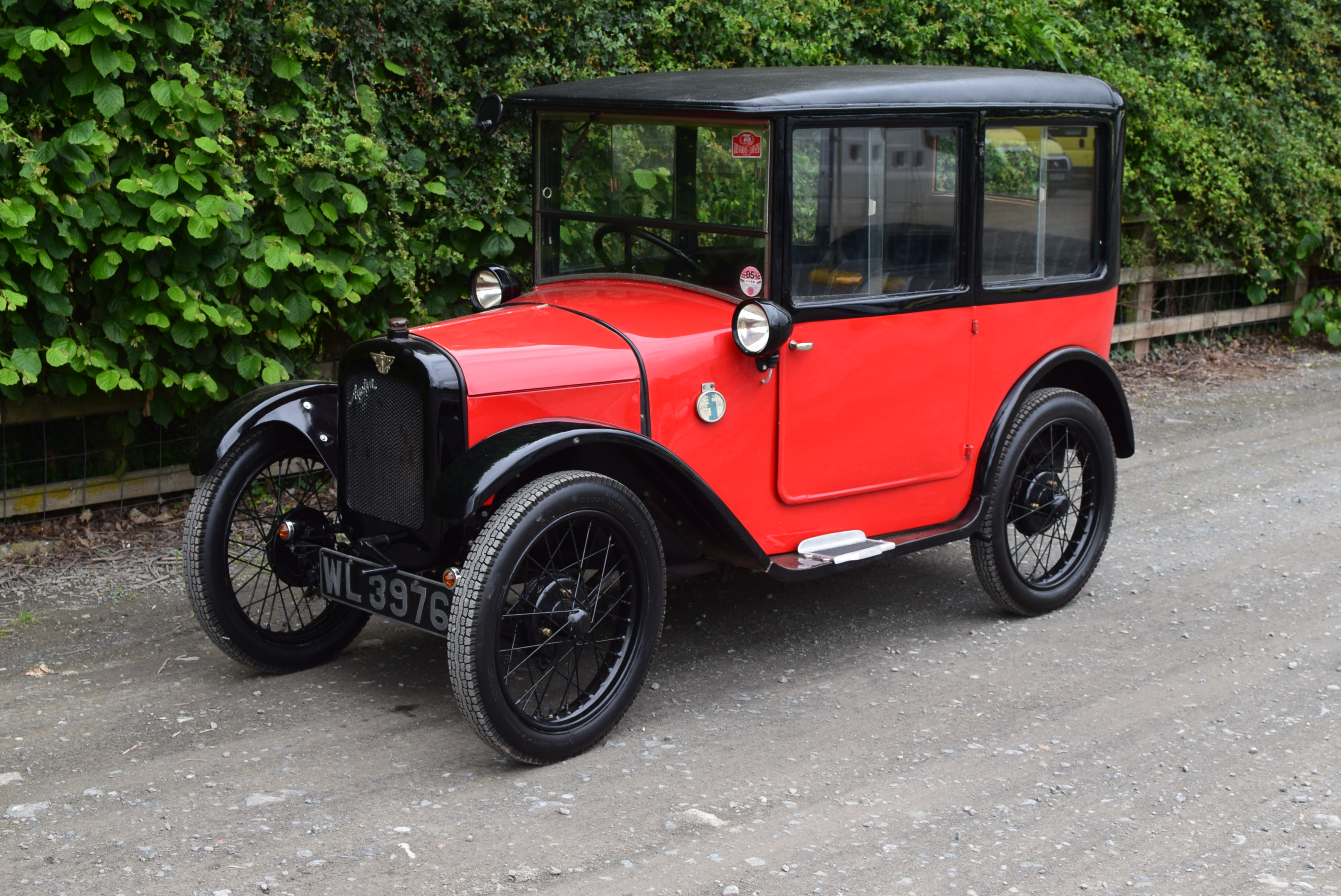 | 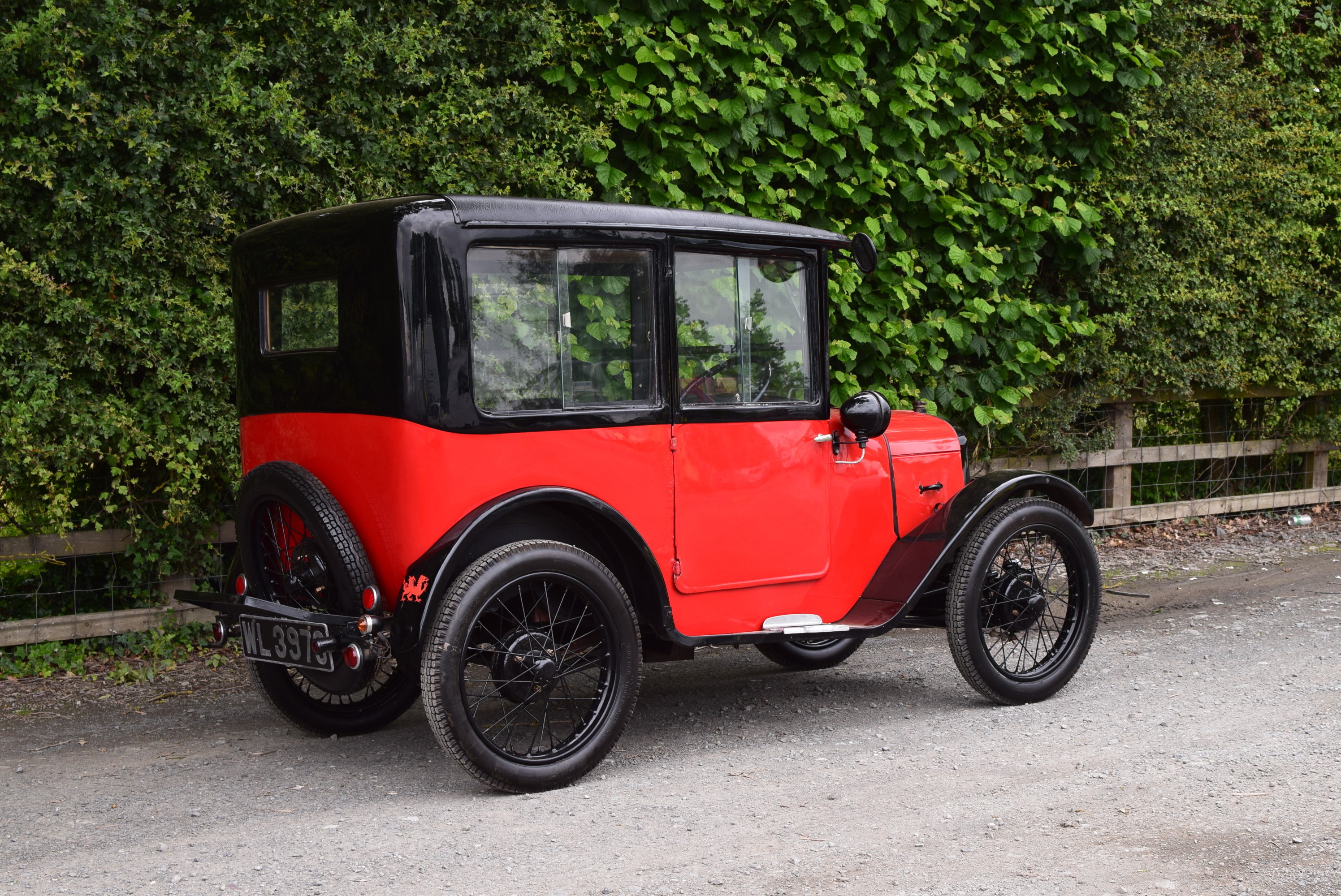 |  | |||||
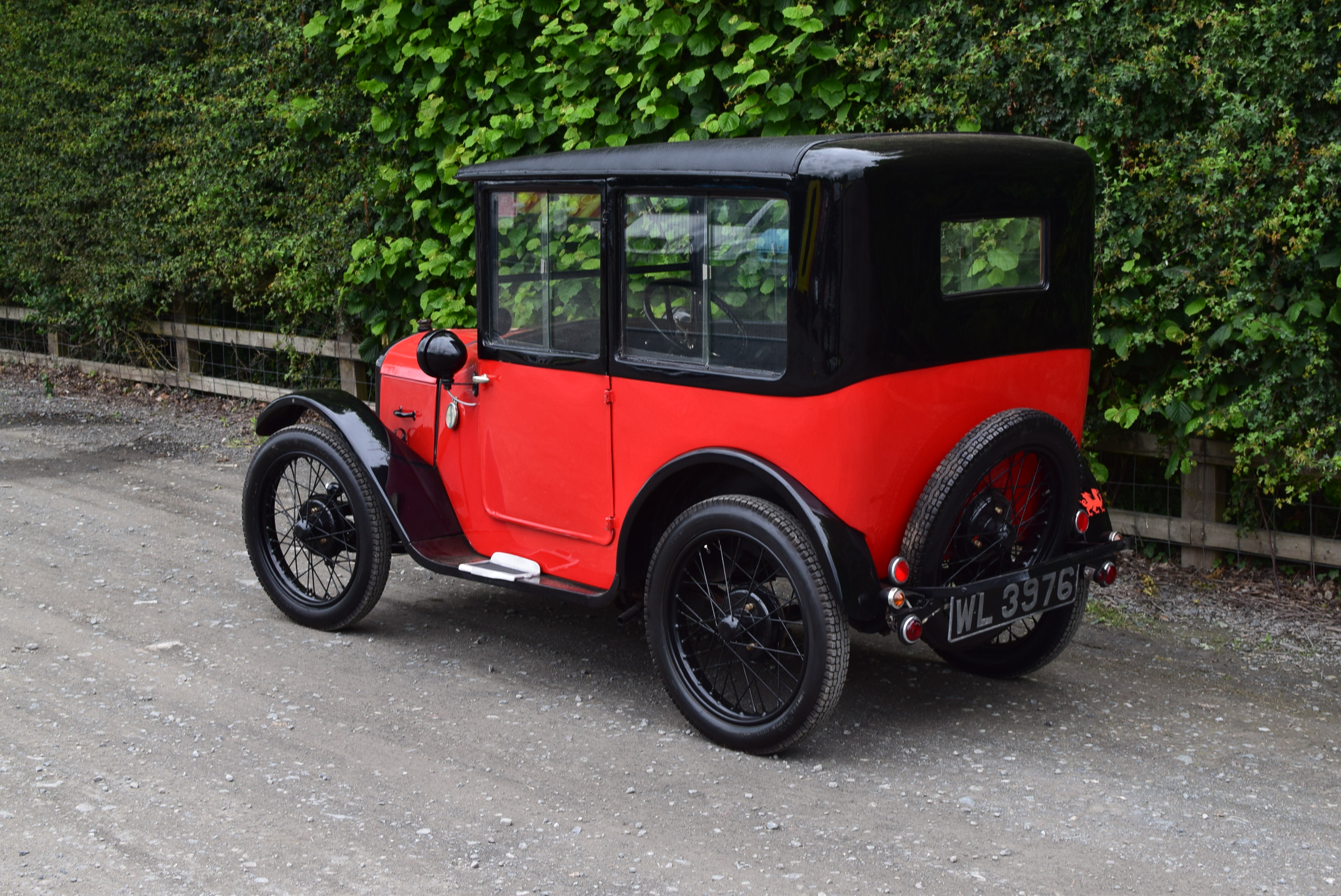 |  | 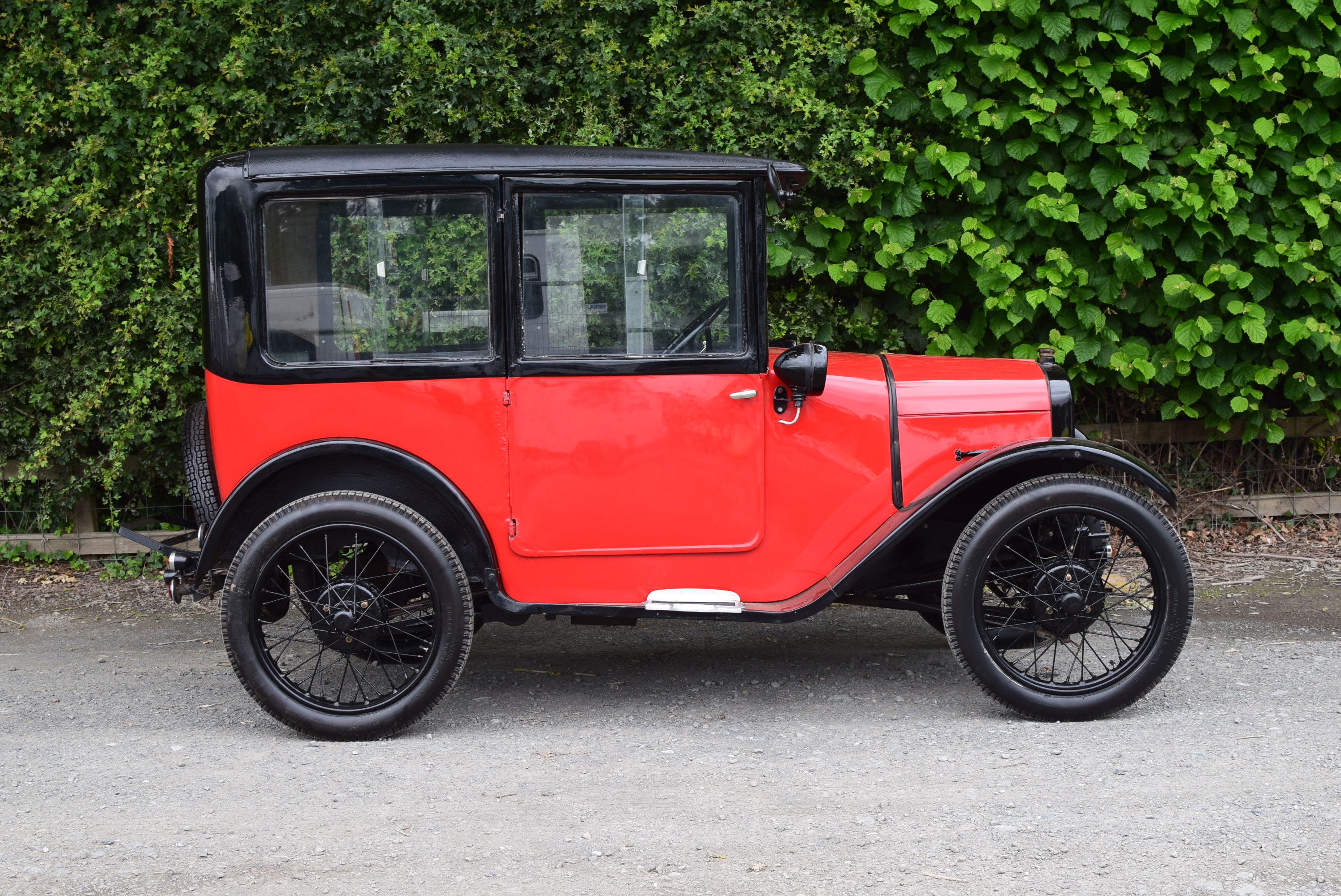 | 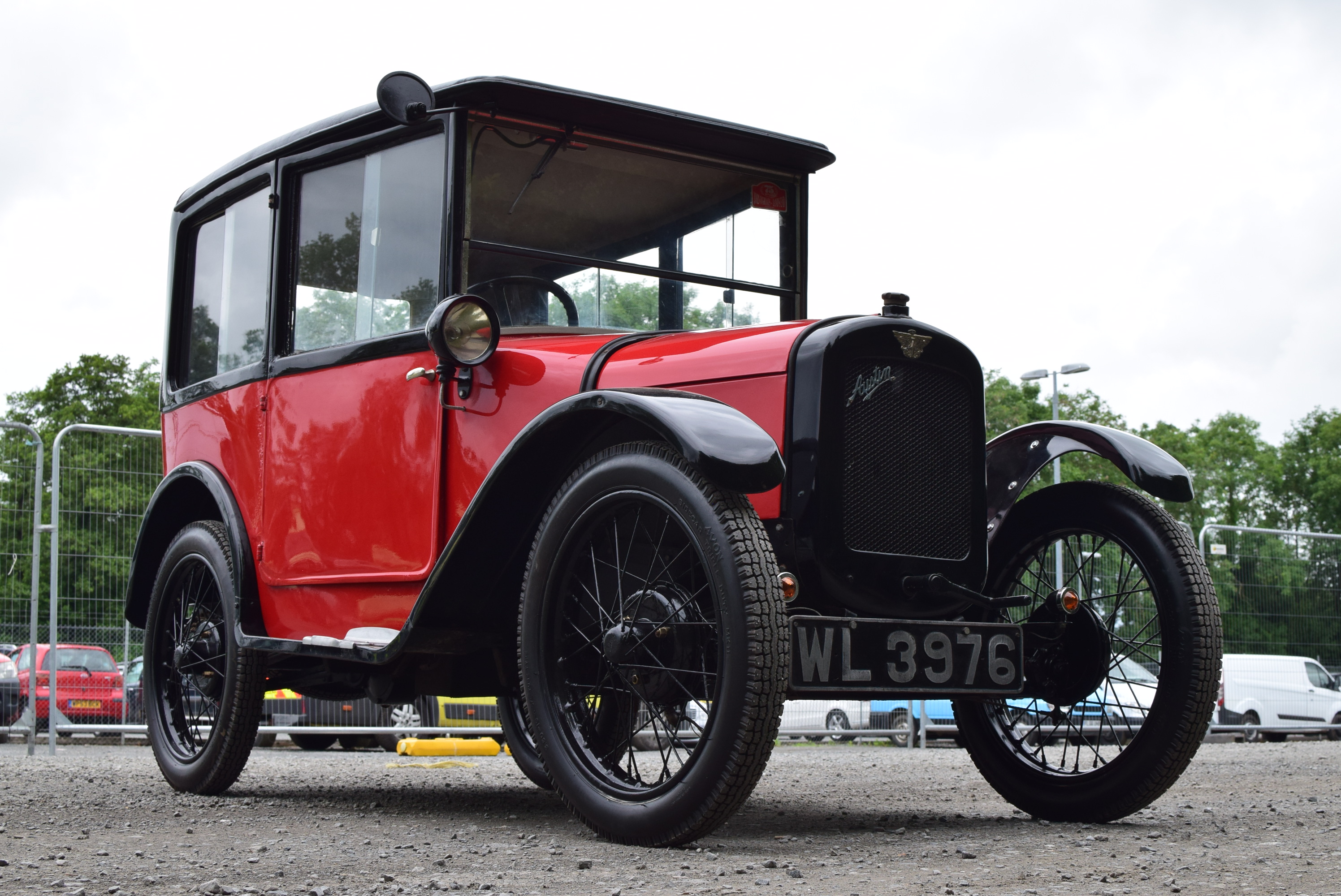 | 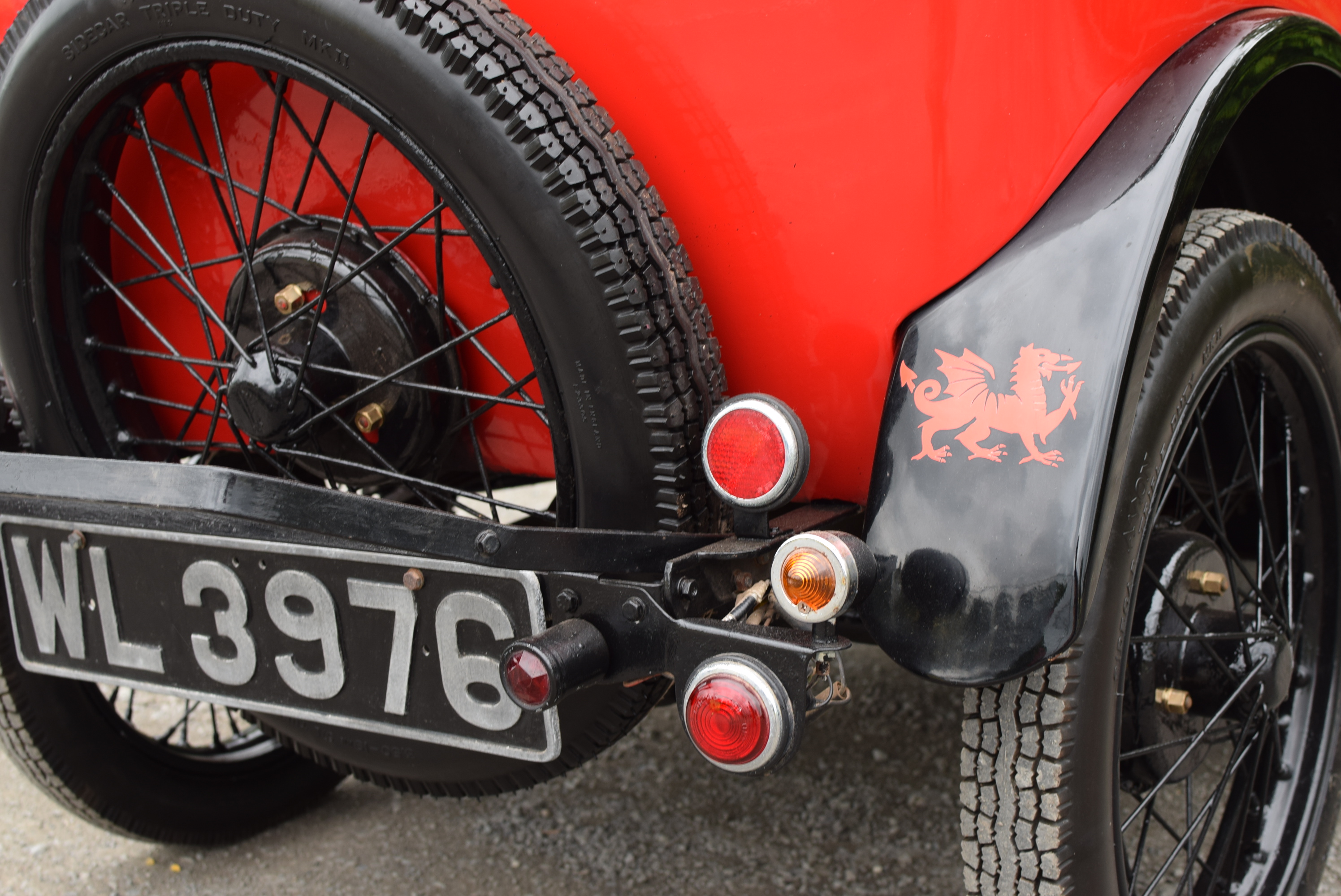 | |||||
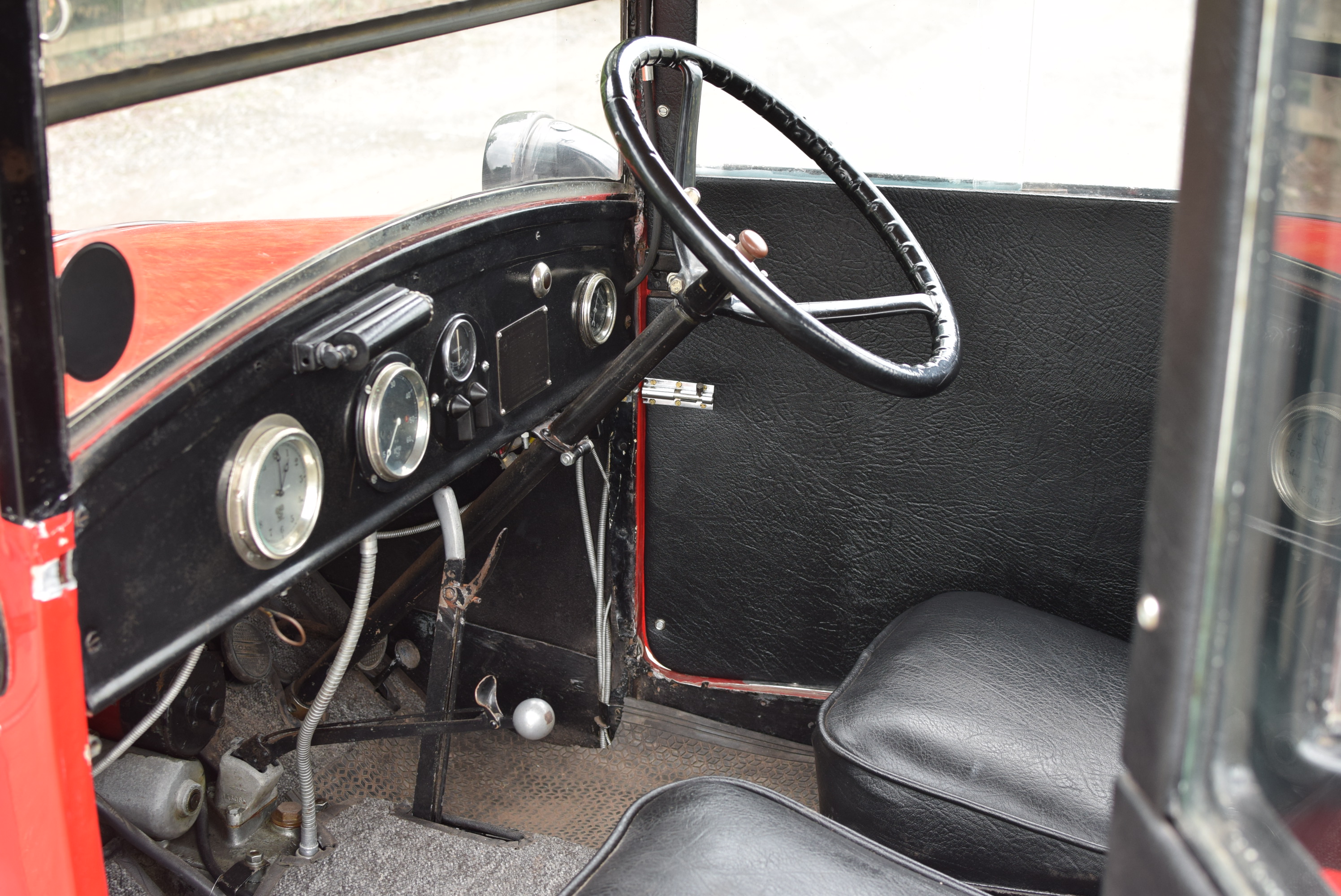 | 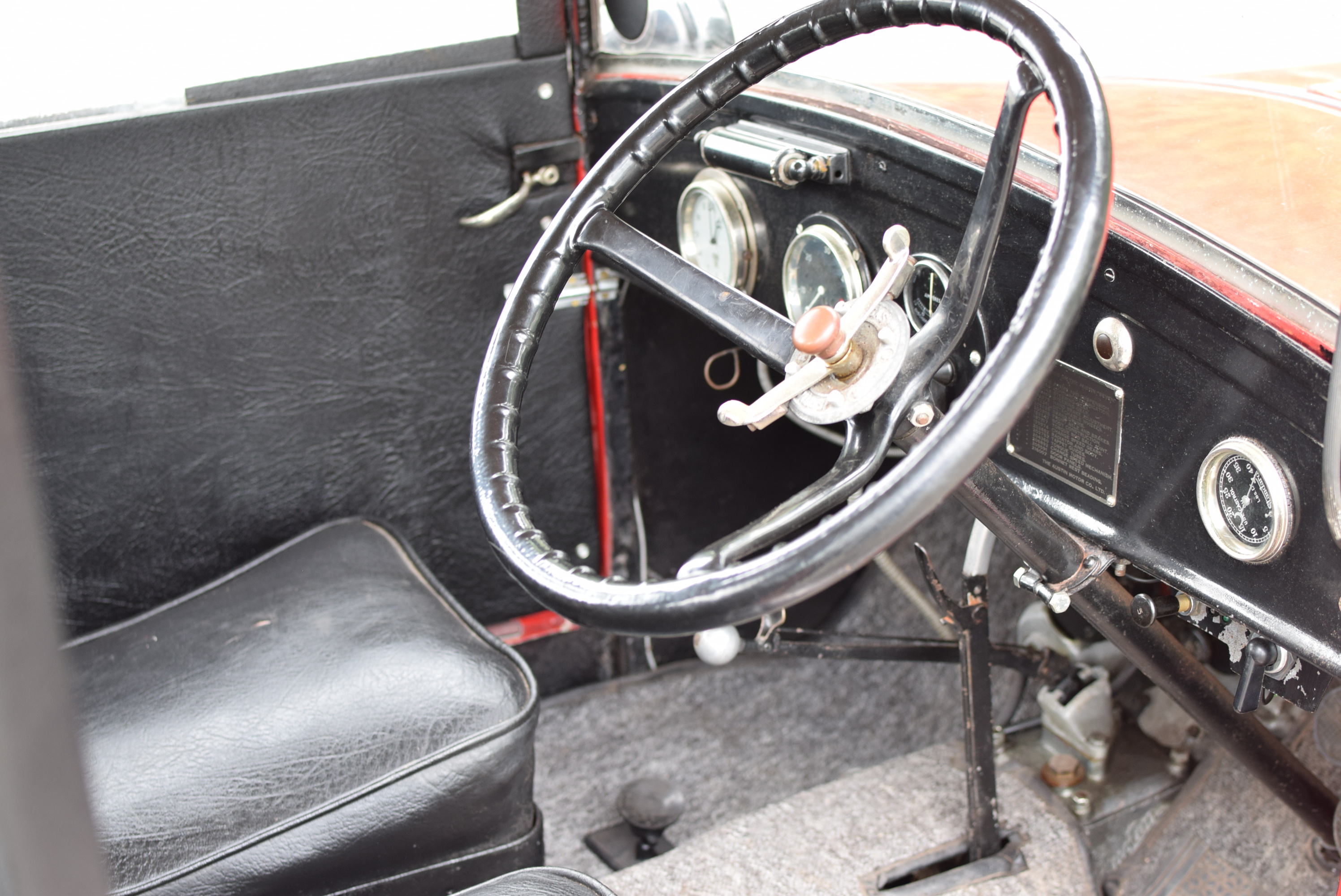 |  | 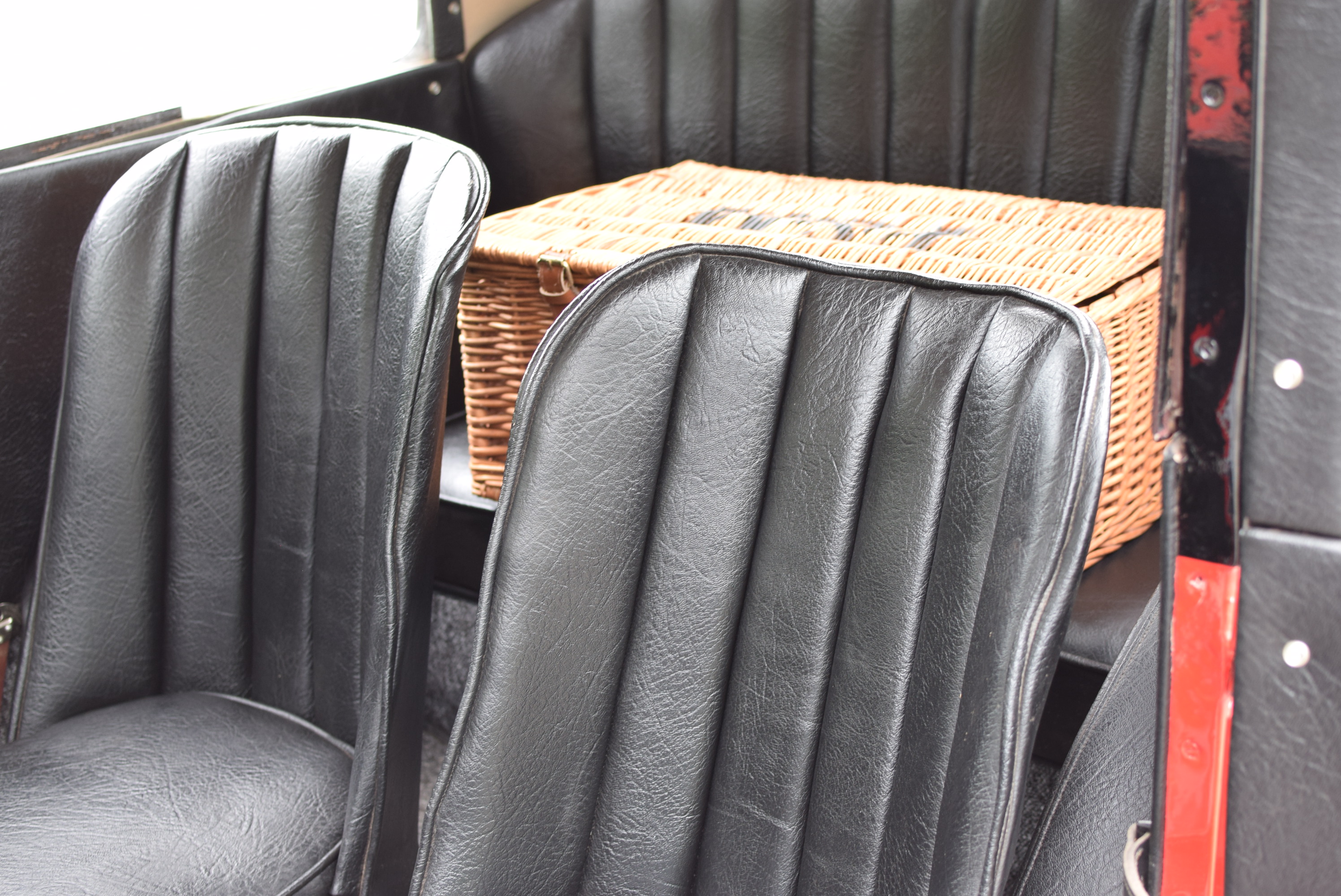 |  | |||||
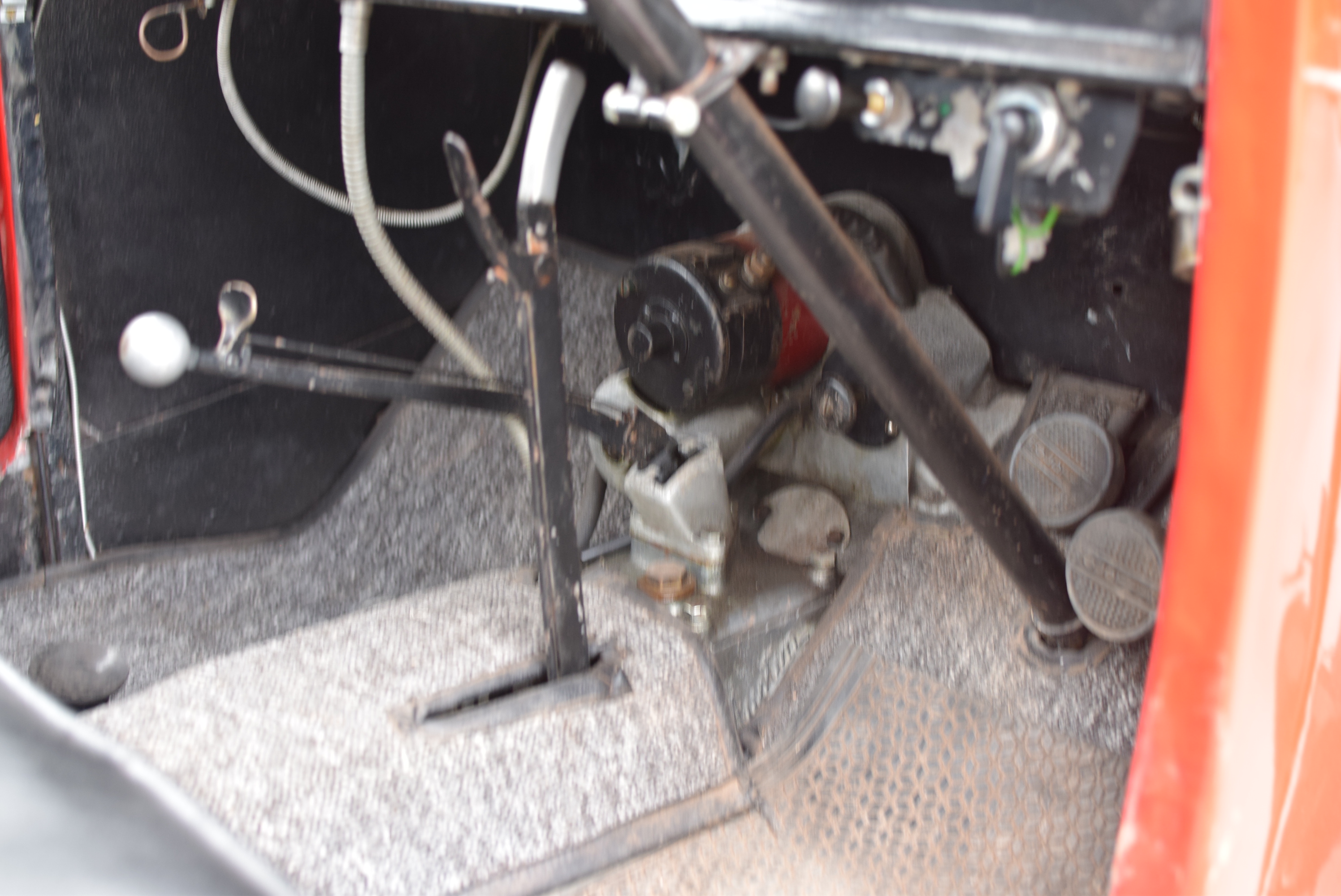 |  | 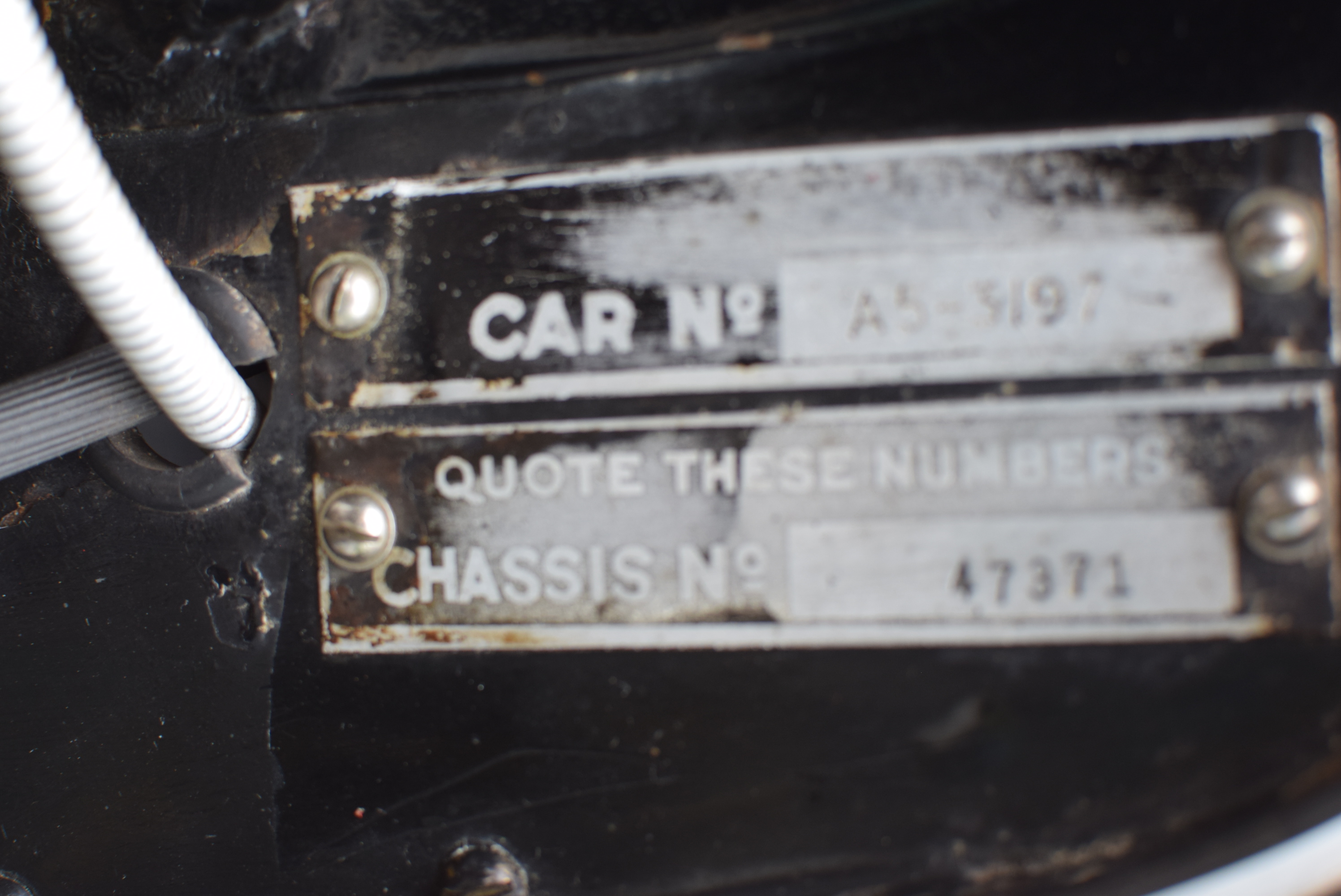 | 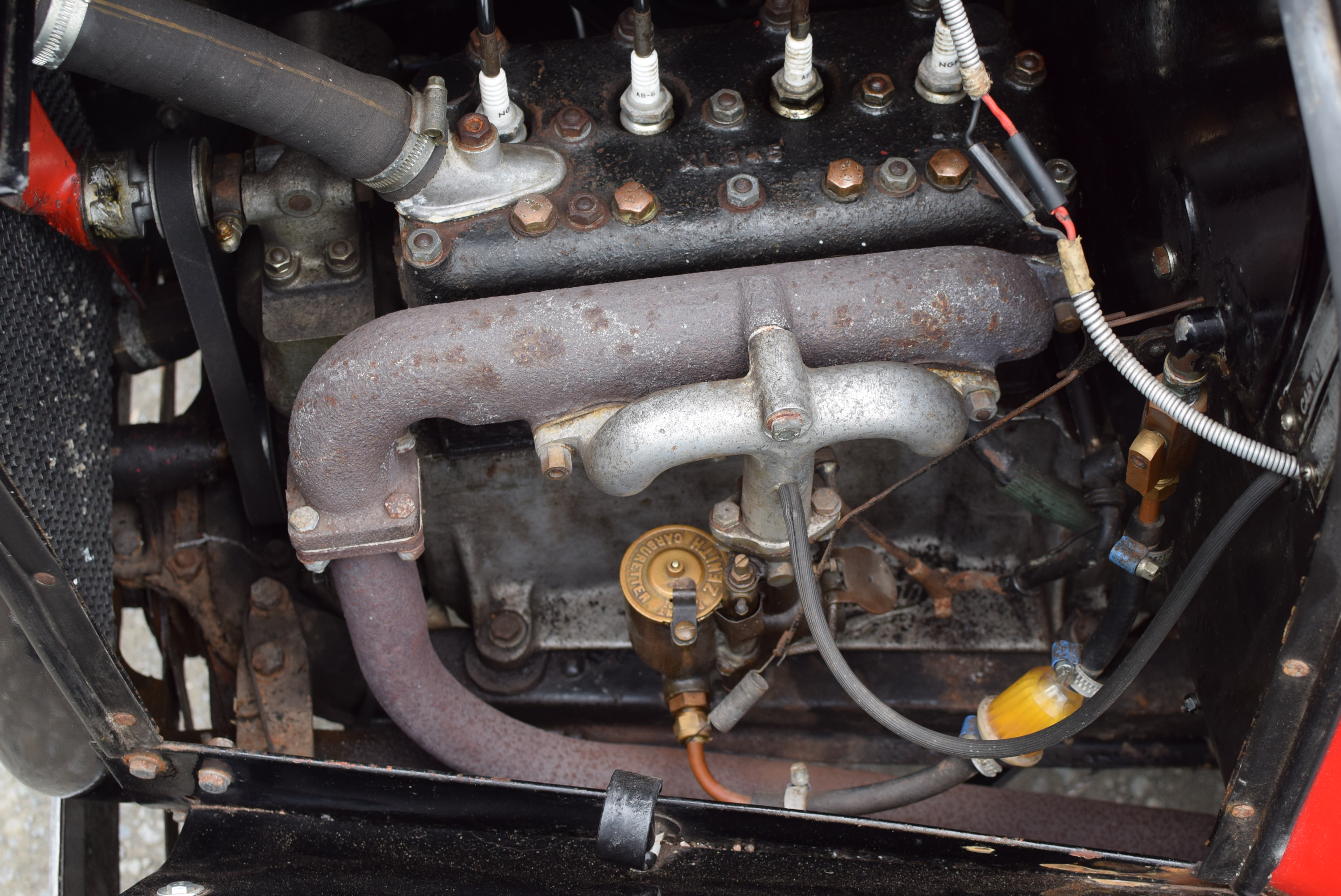 | 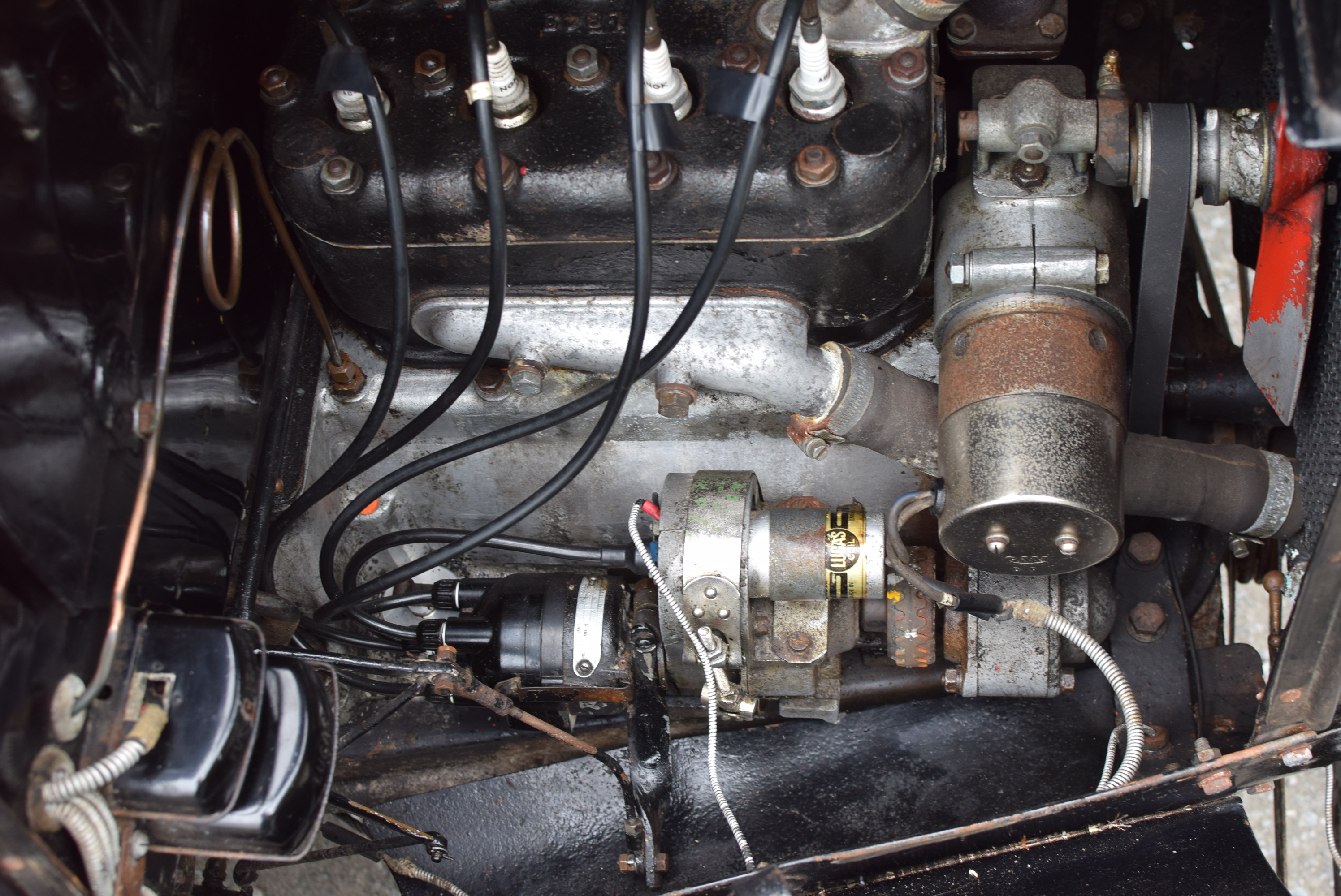 | |||||
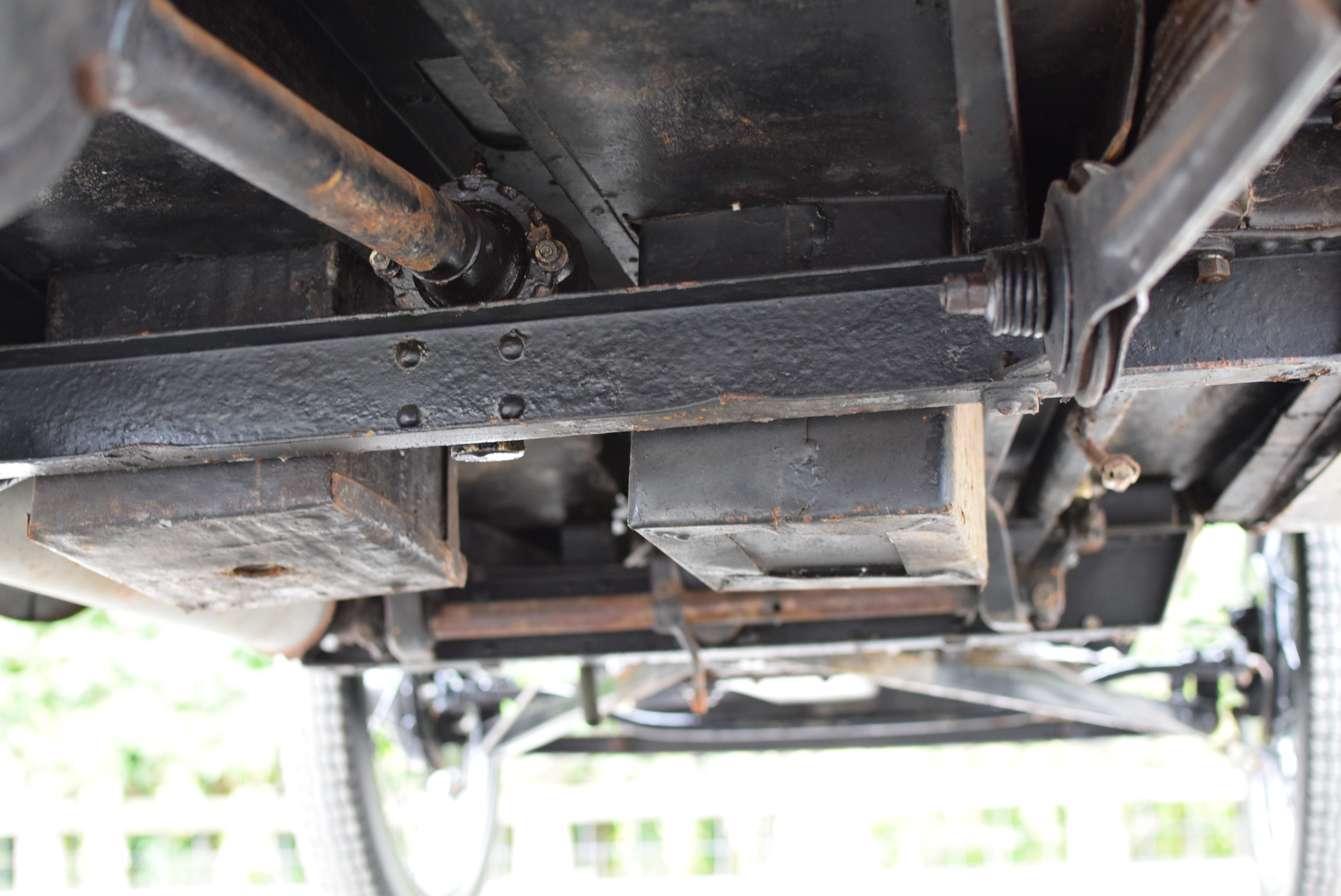 |  |
| Lot number | 67 |
|---|---|
| Hammer value | £7,480 |
| Description | Austin 7 Top Hat Saloon |
| Registration | WL 3976 |
| Year | 1927 |
| Colour | Red/Black |
| Engine size | 747 cc |
| Chassis No. | 47371 |
| Engine No. | M24963 |
| Documents | Old style Log Book, Buff Log Book, 10 old MOT's, Hand Book, Photographs, Invoices |
The arrival of the amazing Austin Seven in 1922 changed the face of motoring in Britain and brought about the demise of the crude and unreliable cyclecar. Soundly constructed from quality materials, it truly was a ‘full-sized car in miniature’.
To begin with it was only available as an open tourer with room for two adults and two children in the back. While this offered far greater protection from the elements than a motorcycle and sidecar, more comfort was soon required and this meant producing a saloon body. Closed cars were a rare sight on British roads in the early 1920s as they tended to be top-heavy, overweight and sluggish constructions, prone to leaking in wet weather and groaning and squeaking at all times.
The Austin Seven Type R Saloon was the answer to this problem. Introduced in 1926, it provided fully enclosed accommodation without too much of a weight penalty as the coachwork consisted of a lightweight ash frame clothed in mainly aluminium or fabric panels or a combination of both. The styling was certainly perpendicular, hence the Top Hat name, but allowed considerable headroom for so small a carriage. The doors on early models were hinged at the rear and particularly small in size to allow greater rigidity of the frame. Access to the rear was by hinging the front seats. In 1928 a ‘wide door’ AK model was introduced with the doors now hinged at the front to further ease entry.
These early coachbuilt cars are very different from the later pressed-steel bodies, and are now extremely rare and sought after, particularly the early ‘small door’ R saloons, their lightweight construction being no aid to longevity.
First registered in Oxford in December 1927, WL 3976 is a very good example of the mainly aluminium panelled ‘small door’ car, with a fabric roof, overhanging windscreen peak and sliding glass windows. The car is in very sound condition and runs well. All the correct period fittings are still present, including the scuttle-mounted headlamps, black painted radiator shell and single windscreen wiper. Restored about 25 years ago, it remains in splendid condition today.
Gently used and well-maintained in the current 17-year ownership, it has recently been treated to a new set of tyres and a new battery. Documentation includes a V5C, older V5, buff logbook, 10 old MOTs, photographs, invoices and a handbook.